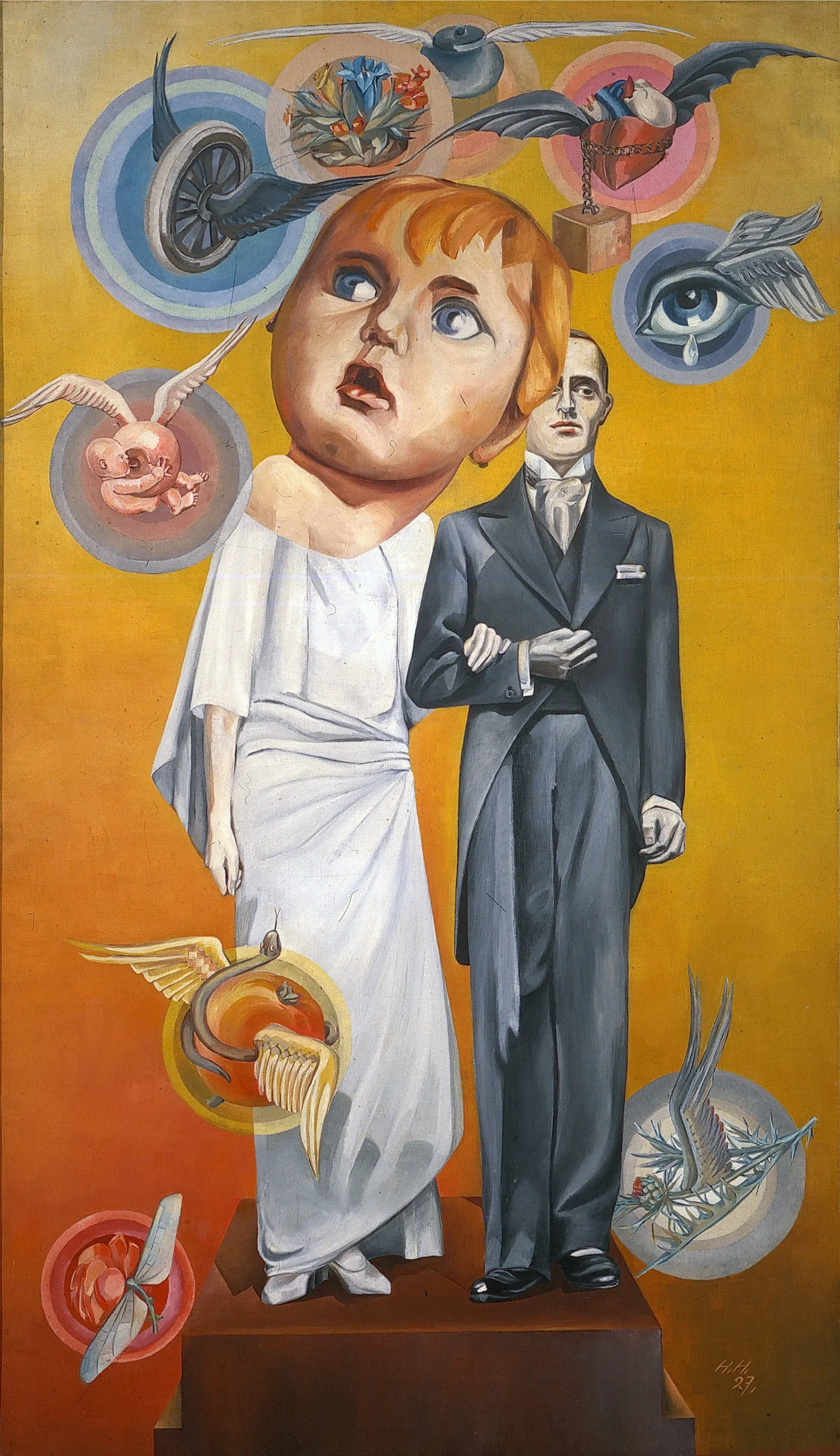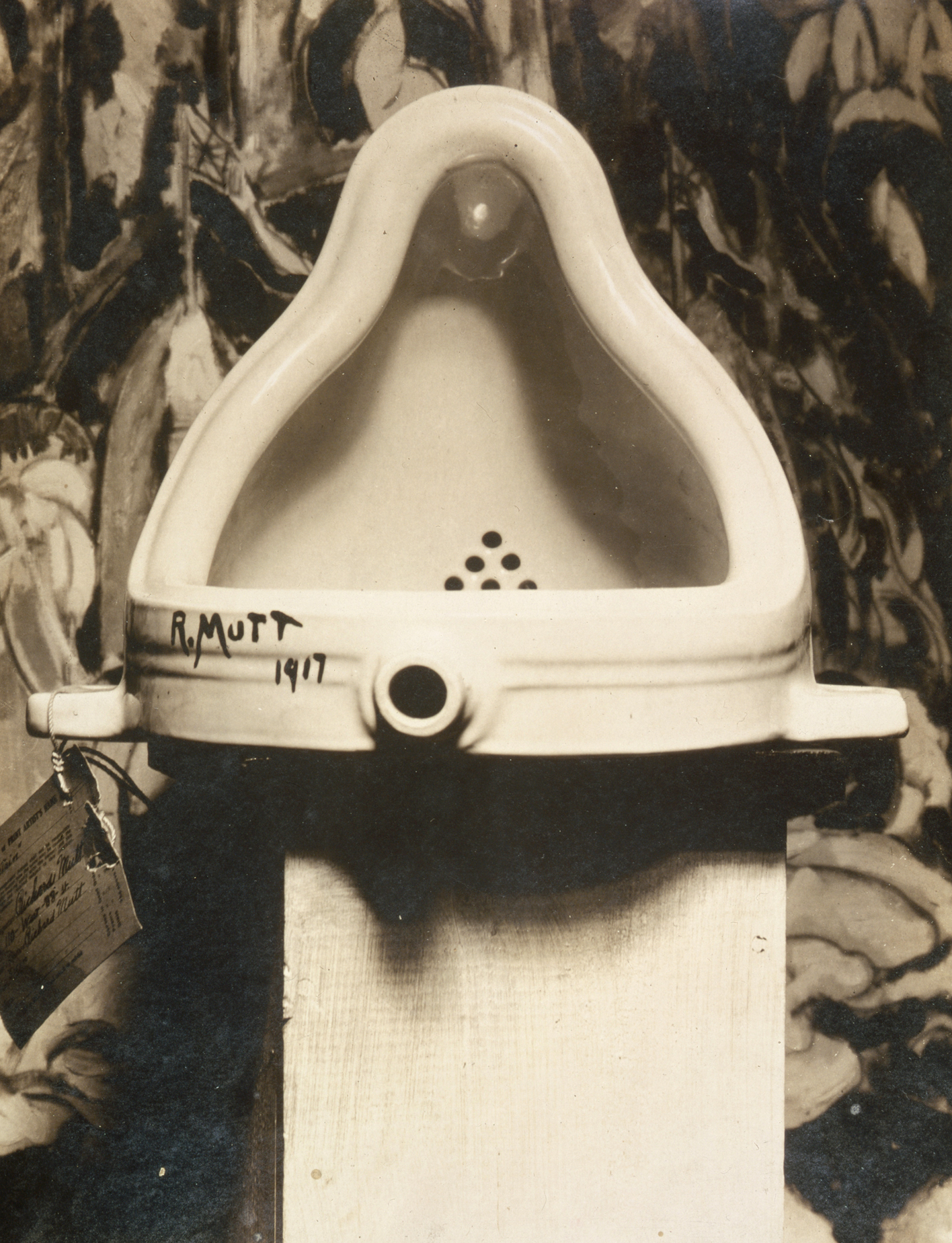By P Abigail Sadhana Rao
In the aftermath of the First World War, a group of artists in Zurich, Switzerland, sought to rebel against the conventional values of art and society. They called themselves the Dadaists, and their movement was marked by a strong sense of anti-art, anti-bourgeoisie, and anti-establishment. Dadaism was born, and it was to become one of the most influential artistic movements of the 20th century.
Birth of Dadaism
Dadaism emerged in Zurich in 1916, when a group of artists including Hugo Ball, Tristan Tzara, and Marcel Janco, began staging performances and creating artworks that were intentionally nonsensical, absurd, and provocative. They rejected traditional art forms and sought to create a new kind of art free from the constraints of aesthetic norms and cultural conventions.
Concept of Readymades
One of the most iconic aspects of Dadaism was its use of readymade or everyday objects that were transformed into art simply by being displayed in a gallery or museum. Marcel Duchamp was one of the pioneers of this technique, famously submitting a urinal signed with a pseudonym to an exhibition in New York in 1917, titled “Fountain”. This was a groundbreaking act of artistic rebellion, which challenged the idea of what art could be and brought new attention to the role of the artist as a conceptual creator rather than simply a maker of objects.
Dadaist Expression

Dadaism was also characterized by its irreverent sense of humor, which often bordered on the absurd. This was reflected in the group’s poetry, which was marked by nonsensical language, free associations, and unconventional typography. Dadaists also experimented with collage and photomontage. Hannah Höch is best known as a pioneer of photomontage, creating works that juxtaposed seemingly unrelated images in order to create new meanings and associations.
A Response to the Times
One of the key tenets of Dadaism was its rejection of the bourgeois values of the time, which were seen as contributing to the war and the suffering it caused. Dadaists sought to create a new kind of art that was politically engaged and socially conscious. This was reflected in their frequent use of satire, parody, and subversion, which aimed to challenge the prevailing ideologies of the time.
Paving the Way for Surrealism and Beyond
Although Dadaism was short-lived, lasting only a few years, its impact was profound. It paved the way for the Surrealist movement, which emerged in the 1920s and shared many of Dadaism’s goals and techniques. Dadaism also influenced a range of other artistic movements, including Pop Art, Conceptual Art, and Performance Art, all of which sought to challenge the traditional boundaries of art and society.
Dadaism revolutionized the traditional values of art and society with its introduction of innovative techniques and ideas, including readymades, collage, and photomontage. Its powerful political activism and unique sense of humour have influenced countless artistic movements. Dadaism’s short-lived existence has left a lasting legacy, inspiring today’s artists to break free from conventional boundaries and create truly innovative works of art.
